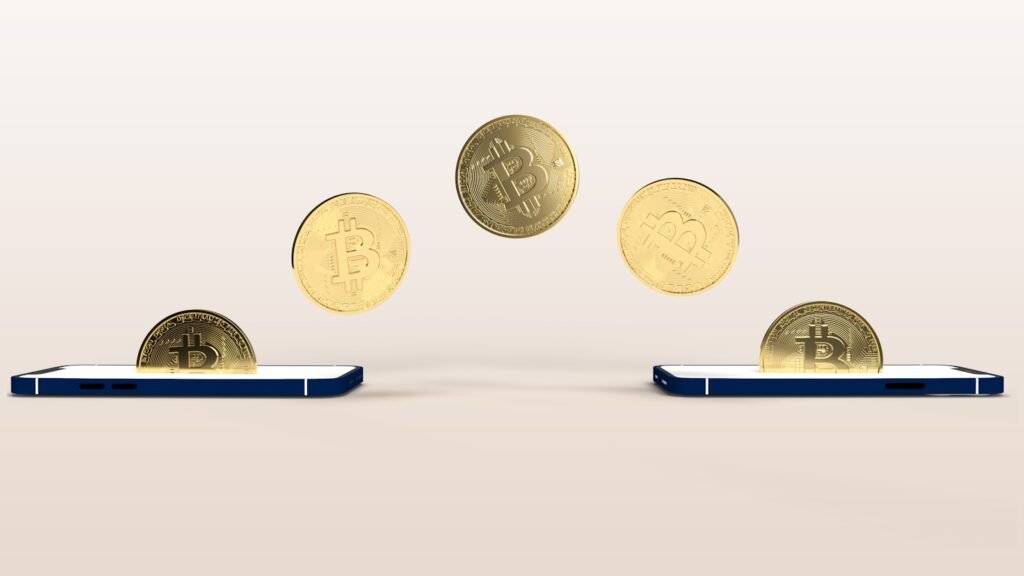In the world of blockchain and cryptocurrencies, tokens are the building blocks of decentralized applications, economies, and digital ownership. But not all tokens are created equal. Some represent currencies, others denote unique assets, such as digital art, and some can even manage multiple types of assets simultaneously. This diversity is made possible through token standards blockchain protocols, which define the rules and functionalities that tokens must follow. Among the most influential standards are ERC20, ERC721, and ERC1155, each serving distinct purposes and enabling different use cases. Understanding these standards is essential for developers, investors, and enthusiasts navigating the blockchain landscape. This article delves into what token standards are, how they work, and the key differences between ERC20, ERC721, and ERC1155.
Also Read: CEX vs DEX: Which Crypto Exchange Is Right for You?
What Are Token Standards?
Token standards are sets of rules and guidelines that dictate how tokens behave on a blockchain. They ensure interoperability, meaning tokens can be seamlessly used across different applications, wallets, and exchanges without compatibility issues. On the Ethereum blockchain, these standards are proposed and refined through Ethereum Request for Comments (ERC), which are technical documents outlining specifications. Token standards blockchain protocols like ERC20, ERC721, and ERC1155 provide blueprints for developers, ensuring consistency and security while reducing the need to reinvent the wheel with every new token. Without these standards, the ecosystem would be fragmented, and tokens would struggle to gain adoption.
Also Read: Crypto Wallets: Hot vs Cold Storage Comparison
ERC20: The Standard for Fungible Tokens
ERC20 is the most widely adopted token standard, primarily used for fungible tokens. Fungibility means each token is identical and interchangeable, much like traditional currencies. For example, one Bitcoin or one USDT is always equal in value to another of the same type. ERC20 tokens adhere to a set of mandatory functions, including transferring tokens, checking balances, and approving spending limits. This standardization has made ERC20 the go-to choice for utility tokens, governance tokens, and stablecoins. Popular examples include Chainlink (LINK), Uniswap (UNI), and USD Coin (USDC). The simplicity and uniformity of ERC20 have fueled the growth of decentralized finance (DeFi) and initial coin offerings (ICOs), though its rigidity can limit functionality for more complex use cases.
ERC721: The Standard for Non-Fungible Tokens (NFTs)
While ERC20 tokens are interchangeable, ERC721 tokens are unique and non-fungible. Each ERC721 token has distinct properties and cannot be replaced by another token, making it ideal for representing ownership of one-of-a-kind assets like digital art, collectibles, or virtual real estate. This standard introduced the concept of non-fungible tokens (NFTs) to the mainstream, enabling platforms like CryptoKitties and NBA Top Shot to thrive. ERC721 tokens store metadata, such as images, descriptions, and attributes, off-chain, often on decentralized storage systems like IPFS, while the token itself on the blockchain serves as a certificate of ownership. Despite its innovation, ERC721 has limitations, such as high gas fees for minting and transferring multiple tokens, as each transaction requires separate blockchain operations.
ERC1155: The Multi-Token Standard
ERC1155 is a more advanced standard designed to address the shortcomings of both ERC20 and ERC721. It allows a single smart contract to manage multiple types of tokens, fungible, non-fungible, or semi-fungible, simultaneously. This flexibility makes ERC1155 highly efficient for use cases like gaming, where players might need both currency (fungible tokens) and unique items (non-fungible tokens). By bundling multiple operations into a single transaction, ERC1155 significantly reduces gas fees and improves scalability. For instance, a game developer can mint thousands of in-game assets in one go, unlike ERC721, which requires separate transactions for each token. This standard also supports batch transfers, allowing users to send multiple token types at once, further enhancing usability.
Also Read: How to Buy Bitcoin: Step‑by‑Step Tutorial
Key Differences and Use Cases
The choice between ERC20, ERC721, and ERC1155 depends on the specific needs of a project. ERC20 is ideal for currencies and utility tokens where uniformity is key. ERC721 excels in representing unique assets, making it the standard for NFTs and digital collectibles. ERC1155 offers the best of both worlds, enabling complex ecosystems like blockchain games and marketplaces that require diverse token types. From a technical perspective, ERC20 and ERC721 are more rigid, while ERC1155 is modular and gas-efficient. For developers, ERC1155 reduces deployment costs and simplifies contract management, though it may require a deeper understanding of its capabilities.
The Impact on the Blockchain Ecosystem
Token standards and blockchain protocols have profoundly shaped the blockchain industry. ERC20 democratized token creation, fueling the ICO boom and the rise of DeFi. ERC721 revolutionized digital ownership, creating new economies around art, music, and virtual assets. ERC1155 is pushing the boundaries further by enabling interoperable metaverses and complex digital economies. These standards ensure that tokens can evolve alongside technological advancements, fostering innovation while maintaining compatibility across the ecosystem. As blockchain technology matures, we can expect more refined standards to emerge, addressing current limitations like scalability and environmental concerns.

Challenges and Considerations
Despite their benefits, token standards face challenges. Security vulnerabilities, such as those seen in early ERC20 implementations, highlight the need for rigorous auditing and testing. Additionally, the rapid evolution of standards can lead to fragmentation, where older tokens become incompatible with new applications. For users, understanding the differences between standards is crucial to avoiding pitfalls like lost funds or unsupported transactions. Regulatory uncertainty also looms, as governments worldwide grapple with how to classify and oversee tokens, particularly NFTs and utility tokens.
The Future of Token Standards
The future of token standards blockchain development is likely to focus on greater efficiency, interoperability, and sustainability. Standards like ERC1155 are already paving the way for multi-chain tokens that can operate across different blockchains. Layer-2 solutions and sidechains will further enhance scalability, reducing the environmental impact of token transactions. As the space grows, we may see standards tailored to specific industries, such as healthcare or supply chain management, where tokens can represent real-world assets and data securely.
Also Read: How to Buy Ethereum: The Complete Beginner’s Guide
Conclusion
Token standards are the unsung heroes of the blockchain world, providing the foundation for digital economies and innovations. ERC20, ERC721, and ERC1155 each play a vital role, from powering currencies and NFTs to enabling complex multi-token systems. Understanding these standards is key to navigating the blockchain landscape, whether you are a developer building the next killer app or an investor evaluating new opportunities. As technology advances, these standards will continue to evolve, unlocking new possibilities and reshaping how we interact with digital assets. The journey of token standards and blockchain protocols is far from over, but it’s just beginning.

